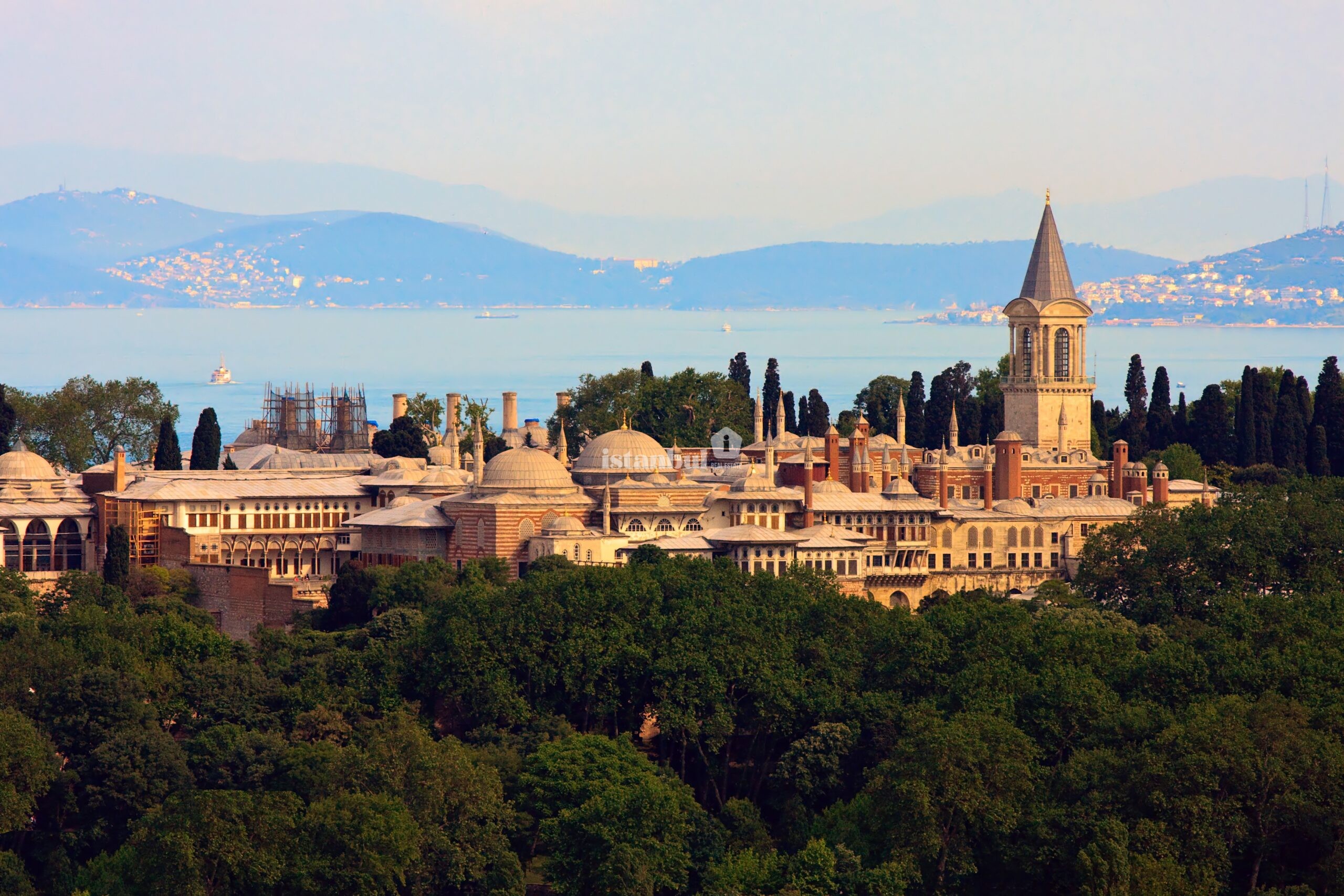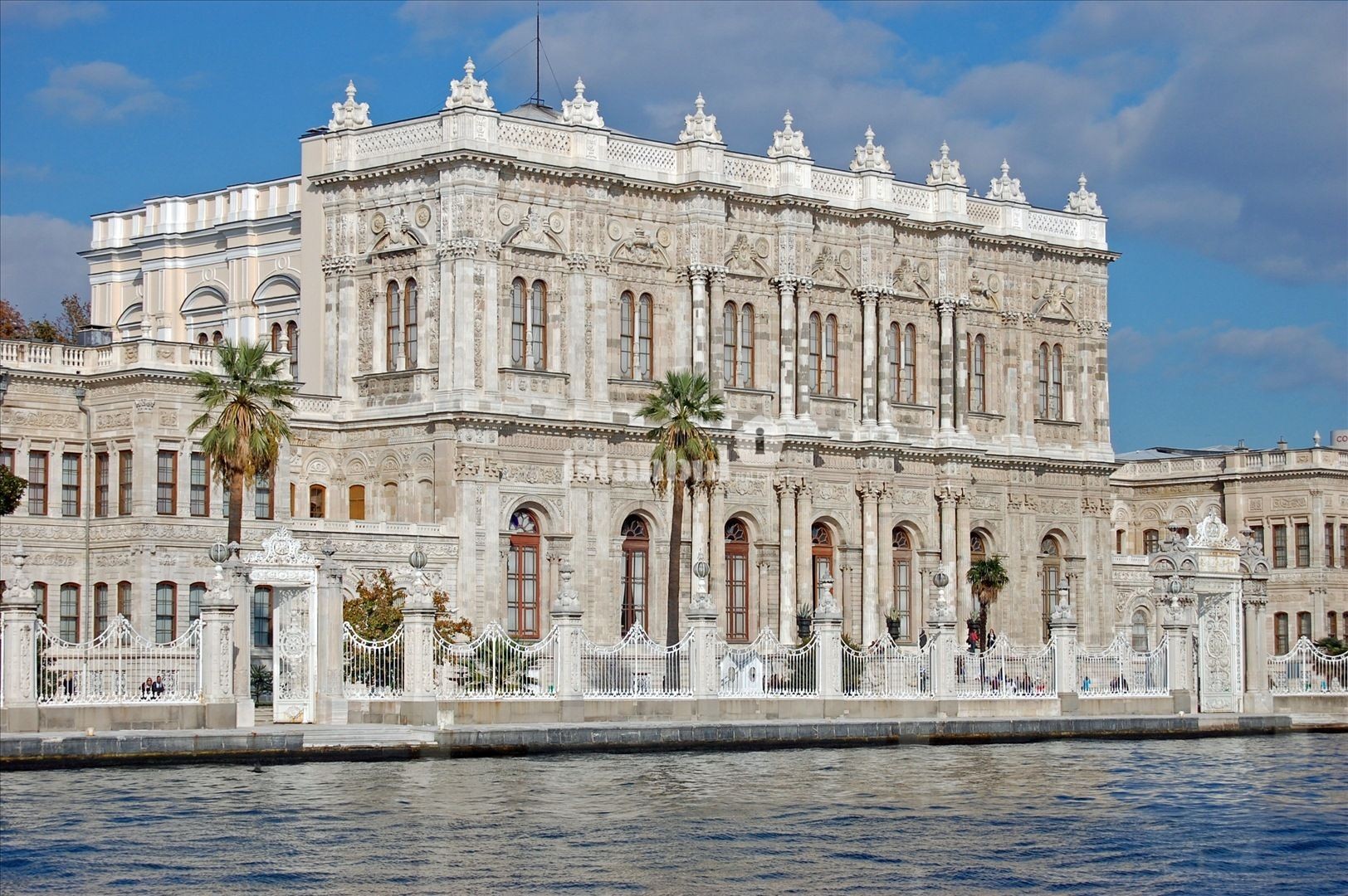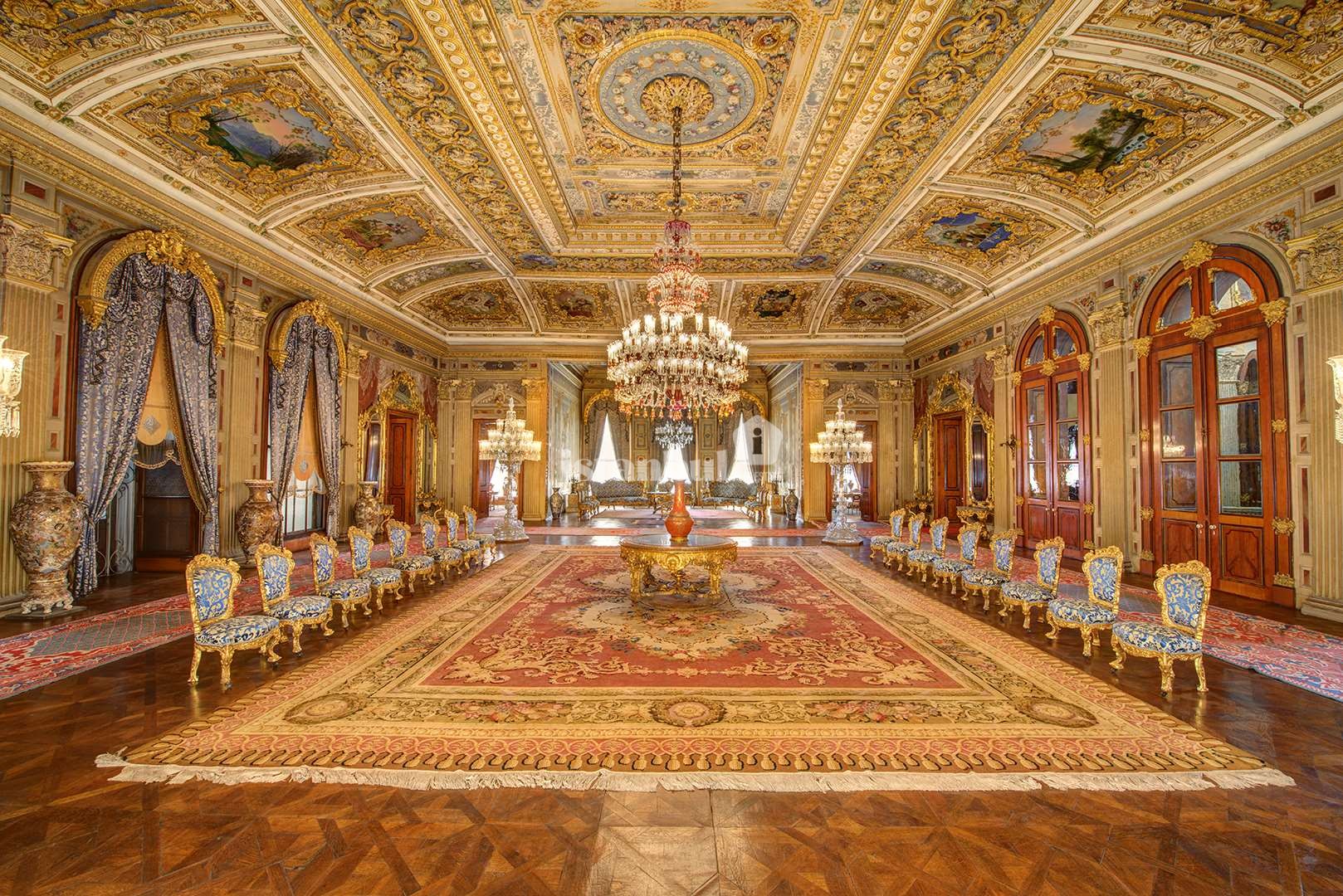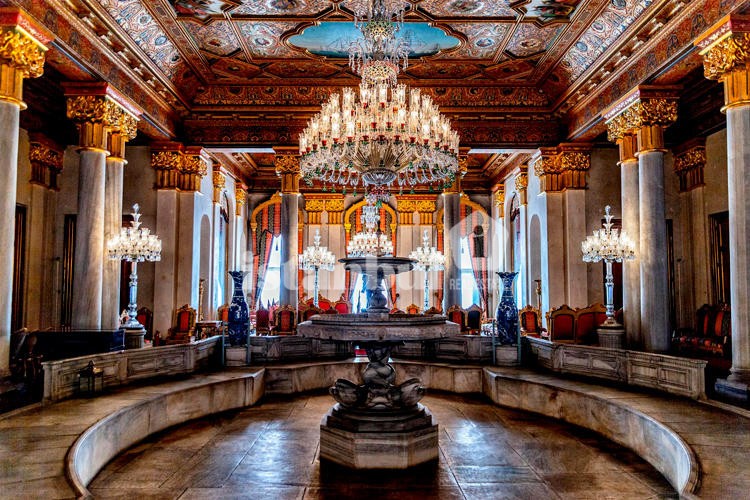5 Most Famous Palaces in Istanbul
Throughout history, Istanbul has been the capital of many empires due to its unique location between two continents. For this reason, there are still countless historical sites in the city, especially the palaces. In this article, the 5 Most Famous Palaces in Istanbul will be highlighted. It is recommended to visit them while you are in Istanbul, do not miss the chance.
Topkapi Palace

Being one of the most famous places in Istanbul, Topkapi Palace attracts hundreds of thousands of visitors every year. This mansion was built on the eastern side of the Fatih district, overlooking both the Bosphorus and the Golden Horn. Since it is the most important palace in Ottoman history, inside it, you will find many important and interesting Ottoman monuments, such as weapons, armor, paintings, and inscriptions.
Topkapi Palace is the official residence of the Ottoman sultans who started with Sultan Mehmet the Conqueror until 1856 when Abdülmecid moved to Dolmabahce Palace.
The main outer gate of Topkapi Palace is the imperial gate that opens onto Hagia Sophia Square. This door leads to a garden known as the First Court. In this court, there is a chapel, which was formerly used as an ammunition depot. Topkapi Palace was converted into a museum in 1924.
Dolmabahce Palace

After Topkapi Palace, Dolmabahce Palace is the second most famous palace in Istanbul. Built-in the late Ottoman era, this place is one of the most luxurious buildings you can see. The palace includes 285 rooms, 46 halls, 6 bathrooms, and 68 toilets. It was built on an area of 110,000 square meters. In addition, the interior was made of expensive materials such as crystal and gold.
Dolmabahce Palace is located in the European section of the Bosphorus in the Besiktas district of Istanbul. Dolmabahce Palace was the residence and residence of the former Turkish President (Mustafa Kemal Ataturk), where he died in 1939.
Yildiz Palace

Built-in 1880, Yildiz Palace was the last Ottoman palace ever built. It’s one of the most famous palaces in Istanbul. It was used by Sultan Abdul Hamid II and turned into a luxury casino after the founding of the Republic of Turkey. It later became a guest house for statesmen. Today, it is a museum complex consisting of several parts.
Inside the reception hall located in the palace, you will be on a date with the creativity of another kind, and you will be surprised by the wonderful taste and look closely at the inscriptions and decorations that adorned its walls and those valuable chandeliers that are on its ceiling. You will see Ottoman-style furniture, Baroque-style furniture, as well as classic-style furniture.
The palace is surrounded by Yildiz Garden, one of the most beautiful gardens in Istanbul, so it will be very interesting to walk around it and spend some time enjoying its fresh air which will refresh your breath after the exciting tour you spent inside Yildiz Palace in Istanbul.
Beylerbeyi Palace

One of the few Ottoman palaces built on the Asian side of Istanbul, Beylerbeyi Palace occupies an important place in Turkish history. Built in 1865 by the famous Armenian architect Sarkis Balian, this wonderful place used to host foreign statesmen, such as the Serbian Prince, the King of Montenegro, the Shah of Iran, and the French Empress, especially in the summer years. After he was deposed from the throne, Sultan Abdul Hamid II remained there until he died in 1918.
Ihlamur Palace

This palace was built during the reign of Sultan Abdul Majeed within the “Ihlamur” Park and was built in the form of two buildings on a land area of 24,724 square meters, and beautiful linden trees circled it. The first main building, the Protocol Department, has a staircase in the front, and the department enjoys luxurious architecture. The palace consists of an entrance hall and one room on both sides of the hall.
